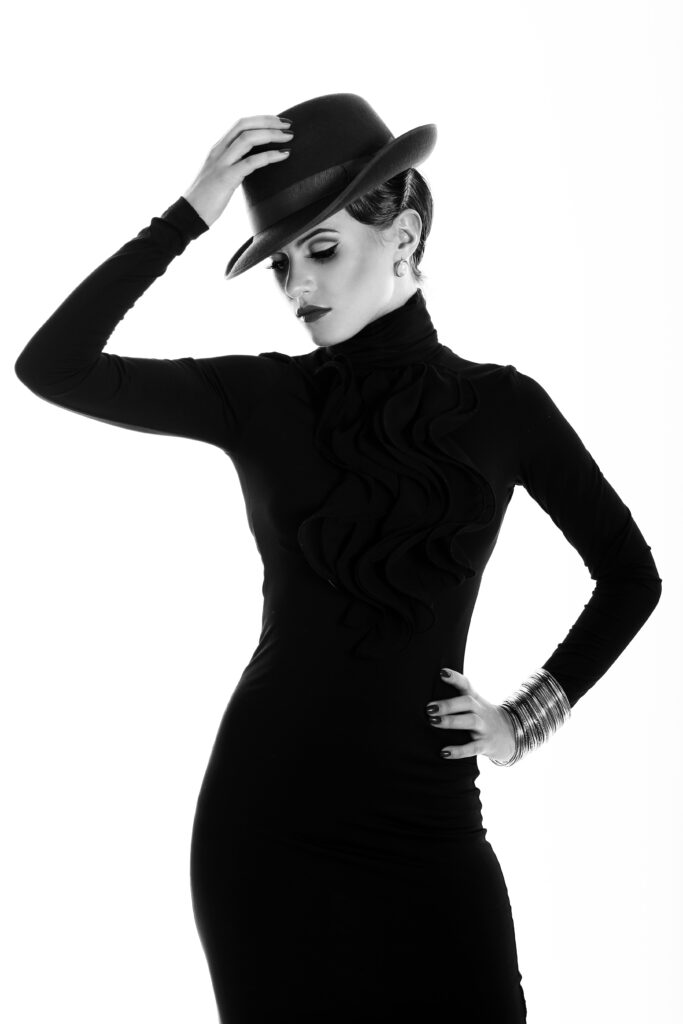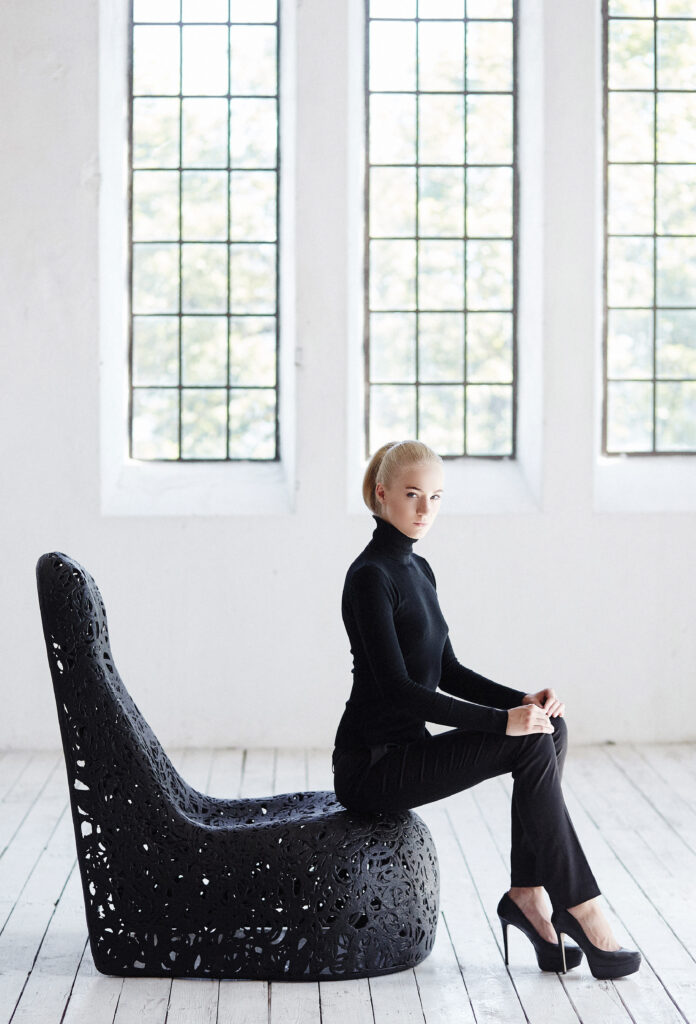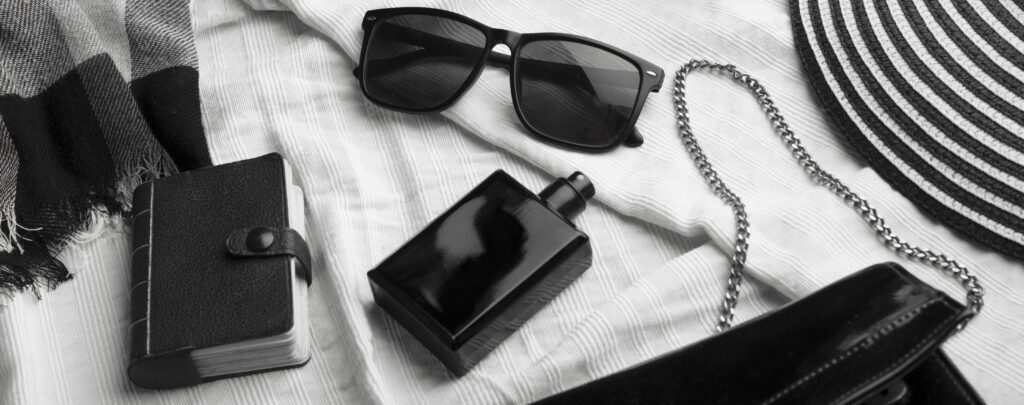Introduction
Minimalism is more than a design choice; it’s a lifestyle that values simplicity, purpose, and refined aesthetics. Today, black and white have become essential to minimalist interiors and wardrobes, celebrated for their ability to create an environment of elegance and focus. With only two colors, minimalism can achieve a surprisingly rich and captivating effect, whether in the home or through personal style. This guide explores how to use black and white to design spaces and outfits that are effortlessly stylish, refined, and timeless.
Why Minimalism Thrives with Black and White
Using black and white within minimalism provides both psychological and visual benefits. These colors naturally create feelings of calm, clarity, and sophistication. Limited colors encourage focus on textures, shapes, and quality rather than excess decoration, making each element in a minimalist space or wardrobe feel purposeful and impactful.
Because black and white are timeless, they also bring a sense of stability to the environments we spend time in. When we walk into a room or wear an outfit in monochrome, it feels effortlessly put together, elevating everyday moments. Let’s explore how to use these colors to create minimalistic yet richly detailed interiors and fashion statements.

Creating a Minimalist Interior with Black and White
Black-and-white interiors are particularly effective for creating minimalist spaces because they eliminate visual clutter, giving rooms a clean and cohesive look.
Choosing Your Base Color: Black or White?
Deciding whether black or white should be the dominant color in a space depends on room size, natural lighting, and the mood you’d like to achieve. White-dominant spaces, for example, feel open and expansive, making them a good choice for smaller rooms or those with limited lighting. Adding black accents like a frame or lamp gives the room structure and depth.
On the other hand, black-dominant spaces feel more intimate and dramatic. Large, open rooms with plenty of natural light can benefit from darker furniture or even a black feature wall, which gives the space a cozy yet sophisticated feel. Balancing these colors in your interior allows you to create the perfect minimalist foundation for your personal style.
Using Texture and Materials for Depth
When working with only two colors, texture becomes a powerful tool. Different materials like matte, gloss, and natural fibers can add richness without adding color. For example, incorporating materials like wood, linen, leather, and metal brings subtle dimension to the space. A soft linen couch with a black metal coffee table combines contrast and depth, preventing the room from feeling flat.
Statement Furniture in a Black and White Palette
Minimalism doesn’t mean plain or boring. Statement furniture pieces in black or white can act as focal points in a room, adding interest without clutter. A black sofa or a white coffee table, for instance, immediately draws attention, establishing a sophisticated tone. Pairing these larger pieces with subtle accents like a black-and-white rug or a few monochrome throw pillows ties the room together beautifully.
The Role of Lighting in Minimalist Design
Lighting plays a critical role in a minimalist black-and-white space. Good lighting not only defines the room but also brings warmth to what might otherwise feel too stark. For a clean, natural look, make the most of natural light by using sheer white curtains or light-filtering shades.
Artificial lighting, like pendant lights or modern floor lamps, can add sophistication. Try using black or white lamps to stay within the palette, and experiment with dimmable lights to change the mood as needed. Soft, warm light is often ideal for creating an inviting ambiance, balancing the contrast of black and white.
Minimalist Fashion: Black and White as Core Elements
Black and white are also foundational in minimalist fashion, offering both versatility and timeless appeal. A limited-color wardrobe makes dressing simple yet stylish, eliminating the need for excess pieces and encouraging a streamlined closet.
Building a Capsule Wardrobe with Black and White
To create a minimalist wardrobe, start by selecting a few high-quality essentials in black and white. Classic black trousers, a well-fitted white shirt, a black blazer, and a white sweater are all versatile pieces that work well in various combinations. This capsule wardrobe simplifies your choices and ensures that each piece is intentional and versatile, suited for both casual and formal occasions.
Check out tips for building a minimalist capsule wardrobe from Vogue.
Accessorizing Minimalist Outfits with Texture and Detail
While black and white are simple, they don’t have to be plain. Accessories and textures can add interest to an outfit without breaking the minimalist style. A textured leather belt, silk scarf, or monochrome handbag can elevate an outfit without adding color. For jewelry, silver or subtle gold pieces add elegance, while minimalist watches or simple rings contribute to a cohesive, polished look.

Blending Minimalist Fashion and Interior Design
For those who love minimalism, it’s possible to create harmony between personal style and home decor, allowing your wardrobe and living space to complement each other. If your home is styled in black and white, a similarly toned wardrobe can create a consistent, minimalist lifestyle. Monochrome outfits align well with black-and-white interiors, reflecting a cohesive aesthetic that is both chic and timeless.

Avoiding Common Minimalist Mistakes with Black and White
While black and white are timeless, it’s easy to make certain design mistakes when working with a limited palette. Here are a few common pitfalls to avoid:
Overusing Black
Too much black can make a space feel heavy and dark. To prevent this, add white accents and soft textures that lighten the look. White walls or light furnishings help create contrast without overwhelming the room with darkness.
Using Too Much White
On the other hand, too much white can feel sterile and empty. To counteract this, incorporate textures like wool rugs, linen pillows, or woven baskets. These elements bring warmth and make the space feel more inviting.
Neglecting Personal Style for Minimalism
Minimalism doesn’t mean eliminating personality. Adding unique pieces, such as a favorite artwork or a vintage accent chair, can give your space character without compromising the minimalist feel. The same goes for fashion: wearing statement pieces, like a bold black coat or an elegant white scarf, personalizes your look while keeping the monochrome theme intact.
Conclusion
Minimalism with black and white has the power to transform both interiors and fashion into sophisticated expressions of simplicity. By carefully choosing textures, materials, and focal points, you can create spaces and styles that feel both elegant and inviting. Whether you’re starting with a capsule wardrobe or redecorating a room, embracing a monochrome palette can make life simpler yet richer. Step into the world of minimalist elegance with black and white and see how it can elevate your everyday experience.
FAQs
1. Why are black and white so effective in minimalist design?
Black and white provide contrast and clarity, which helps define shapes and spaces. This simplicity creates a calm, uncluttered environment that’s both elegant and easy to style.
2. How can I keep a black-and-white space from feeling too cold?
Add warmth through textures like wool, velvet, or natural wood. Soft lighting also helps make the space feel cozy and inviting.
3. What are the best materials for a minimalist black-and-white room?
Materials like linen, leather, wood, and metal complement a monochrome color scheme while adding depth. These materials bring subtle texture and warmth to minimalist spaces.
4. How do I add personality to a black-and-white wardrobe?
Incorporate unique accessories, like a silver watch, textured scarves, or statement shoes. These items add character without overwhelming the minimalist style.
5. Can black-and-white minimalism work in small spaces?
Yes! White opens up smaller rooms, while black adds depth and structure. Using mirrors and smart storage solutions can also make small spaces feel more expansive and organized.

